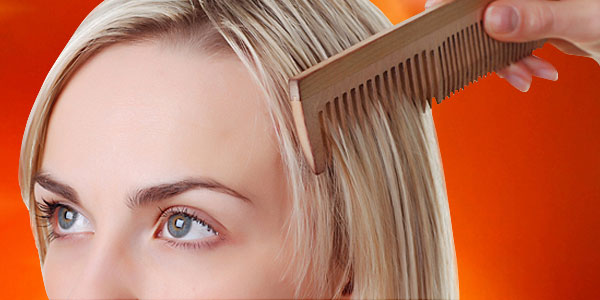
A lot of folks consider balding or thinning hair to be a fundamental indicator of ageing. This really isn’t always accurate: over 50 million individuals, both women and men ages 18 and upwards in America, are experiencing some degree of baldness. It can be said that it is a standard element of life. More comforting is the reality that many are seeing great results from several types of baldness treatments. There are four kinds of treatment done now, which range from drugs to surgery.
1. Medication
There are two FDA-approved medical baldness treatment drugs which are successful in the marketplace today. Any brand name drugs will feature one of the subsequent two active ingredients:
– Minoxidil: This is accessible in pill form or as foam or a liquid that’s rubbed into the entire scalp two times a day. It is sold over the counter and has been proven to lessen thinning and promote regrowth in women and men.
– Finasteride: This one is helpful for guys, and is only available as a prescription pill. It’s turned out to become an effective alternative, but might run the possibility of some unwanted side effects.
In both instances, patients will have to keep taking them for the effects to continue.
2. Grafts
These are typically regarded as the most popular method of baldness treatment. Here, a portion of the scalp will be removed by the surgeon from the rear of the head and it will be attached either strand by strand or in bigger locks at the front region that is balding. These locks that are transplanted subsequently grow in the new area. Studies have suggested a high level of success; however the process can leave the patient with some tenderness and pain later.
3. Scalp Reduction
Scalp reduction is not always performed as the aforementioned, mainly because surgeons usually choose to prevent invasive procedures. Having said that, they could be an alternative for people who are bad candidates for transplant. For the process, the hairless section of the scalp is removed, and then a fully grown section is stretched to cover the skull. This may be debilitating for some time following the operation and may carry a risk of infection, but it can generate the desirable outcome.
4. Laser Treatment
This is a brand new, FDA-approved treatment alternative which has demonstrated great promise in both women and men. A completely noninvasive process, it calls for the use of low level lasers to the entire scalp, bringing additional decline to a halt in 90% of patients and stimulating growth. Patients experience no pain or healing time and get a chain of 30-minute sessions. As a brand new type of treatment, though, some may be reluctant to use it.
